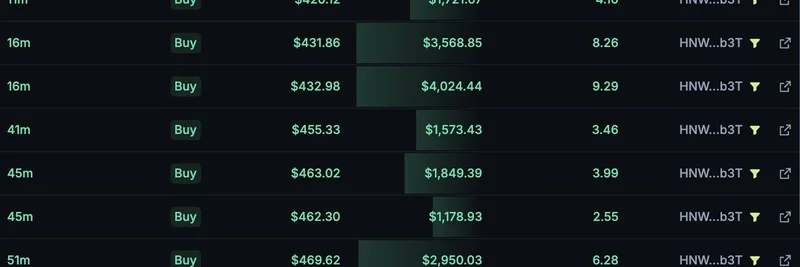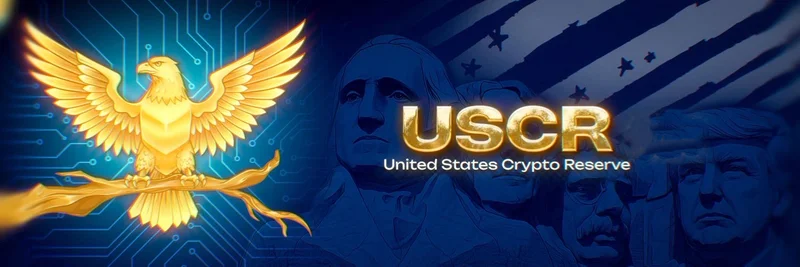Hey there, crypto enthusiasts! If you’ve been keeping an eye on the blockchain world, you might have noticed a fascinating shift happening in 2025. A recent tweet by Lorenzo Valente on July 21st sparked some deep thoughts about how big fintech players like Robinhood and Coinbase are approaching blockchain technology. Let’s dive into this intriguing topic and break it down in a way that’s easy to digest—even if you’re new to the space.
The Miscalculation Around Ethereum’s Rollup Roadmap
Lorenzo points out a key misunderstanding in the crypto community: many assumed that fintechs and exchanges would flock to Ethereum’s rollup-centric roadmap, a strategy designed to scale the network using Layer 2 (L2) solutions. Rollups are like turbochargers for blockchains—they process transactions off-chain and then bundle them onto the main Ethereum network, making things faster and cheaper. The idea was that these companies would prioritize places with existing liquidity (the amount of money flowing in an ecosystem) and atomic composability (the ability for different apps to work together seamlessly).
But here’s the twist: that’s not what’s happening. Instead, these giants are more interested in controlling their own destiny by building custom execution environments. Think of it like choosing to build your own kitchen rather than eating out at a shared restaurant—more control, but it comes with its own challenges.
Why Control Matters More Than Liquidity
So, why are fintechs ditching the idea of joining existing ecosystems? It boils down to power and efficiency. Companies like Robinhood (with 26 million funded accounts and $255 billion in assets) and Coinbase (nearly 10 million monthly active users and $328 billion in platform assets) already have massive user bases and liquidity. They don’t need to tap into Ethereum’s $100 billion total value locked (TVL) or Solana’s $11 billion—they are the liquidity!
Lorenzo highlights that these players see themselves as infrastructure providers, not just participants. For example, Robinhood’s user base rivals the activity of MetaMask, a popular crypto wallet, while Coinbase outshines many Layer 1 (L1) blockchains in terms of capital and reach. This shift means they’re using blockchain as a foundation to enhance their existing platforms, rather than relying on someone else’s setup.
The Rise of Custom Blockchain Solutions
This trend isn’t entirely new, but it’s gaining steam. Take Coinbase, which launched Base, an Ethereum L2 tailored for institutional use. Or consider Robinhood’s rumored plans to combine Solana and Base with off-chain matching and on-chain settlement, potentially cutting costs by 30% and enabling same-day (T+0) settlements (neobanque.ch). These moves show a clear strategy: own the tech stack to optimize for their specific needs, like speed and regulatory compliance.
Building their own execution environments gives them flexibility. They can tweak performance, ensure security, and align with their business models—something off-the-shelf L2 solutions might not offer. However, this approach isn’t without risks. As noted on starknet.io, L2 solutions can introduce complexity, security trade-offs, and dependency on the main chain. For fintechs, balancing these factors is a tightrope walk.
What This Means for the Blockchain Ecosystem
So, what’s the big picture here? Lorenzo’s take suggests that the blockchain world is evolving beyond a one-size-fits-all model. Instead of fintechs joining existing networks, they’re becoming architects of their own systems. This could lead to a more fragmented landscape—less interoperability (the ability for different blockchains to talk to each other) but more innovation tailored to specific industries.
For meme token enthusiasts and blockchain practitioners (like those following us at meme-insider.com), this is a goldmine of opportunity. As these platforms grow, they might integrate meme coins or other decentralized finance (DeFi) projects, creating new use cases. Imagine Robinhood or Coinbase launching a meme token trading feature—wild, right?
Final Thoughts
Lorenzo’s insight challenges the traditional narrative around Ethereum’s rollup strategy and shines a light on the fintechs’ hunger for control. Whether this leads to a stronger, more diverse blockchain ecosystem or a fragmented mess remains to be seen. For now, it’s a thrilling development to watch, especially as companies like Robinhood and Coinbase continue to push the boundaries of what’s possible.
What do you think about this shift? Drop your thoughts in the comments, and stay tuned to meme-insider.com for more updates on the wild world of blockchain and meme tokens!



